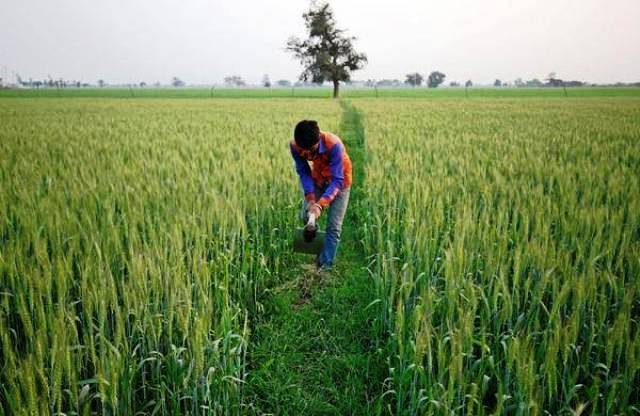
India, since the mid-1990s, is one of the fastest growing G20 economies, reflecting an ambitious and successful reform agenda launched in 2014. It has developed as a major exporter of several agricultural commodities, diversifying production towards high-value pulses, fruits, vegetables, and livestock and agri products.
While the sector is growing rapidly but still many smallholders and grass root people have not been able to grab the opportunities opening up to them; they are still fighting with low productivity, an under-developed food processing, and retail sector, and water and land degradation. Moreover, India is still fighting with the same “triple challenges” as other countries: delivering safe and nutritious food to a growing population at affordable prices; providing a livelihood for farmers, and overcoming the severe climate and natural calamity pressures.
The new India has ensured different agricultural policies which are working for the well-being of both farmers and consumers. Around 80% of India’s poor and farmers are living in rural areas. Hence, addressing widespread poverty and ensuring domestic food security are key objectives.

The Indian government has set ambitious objectives for the agriculture sector which includes doubling farmers’ incomes by 2022. But the question is, how the Indian governments—center, and state can strengthen the productivity and sustainability of Indian agriculture, and provide lucrative opportunities for farm households.
Ashok Gulati, a renowned agricultural economist of India has recently written about farm policy developments which are giving so many important lessons. European Union (EU)’s policy reform experiences also provide some useful insights. Since the early 1990s, reforms to the EU’s Common Agricultural Policy (CAP), have involved a gradual reduction of market regulation and border protection and the introduction of compensatory direct payments to producers. The payments were originally based on cultivated area or animal numbers but emerged as increasingly independent from production. These payments are subsequently adapted to address the specific needs of certain categories of farmers or regions, and conditions for receiving payments were introduced to make sure the sustainable usage of the resource.
New payments have been granted to farmers for providing valued environmental services, such as preservation of biodiversity. Government has proposed and implemented so many new policies and schemes to help farmers and agriculture.
To reach the Sustainable Development Goals and fighting with the “triple challenge”, we need new policy directions in India. India has already shown it has the capacity to achieve high levels of growth and poverty reduction; with the right policy incentives and implementation.










